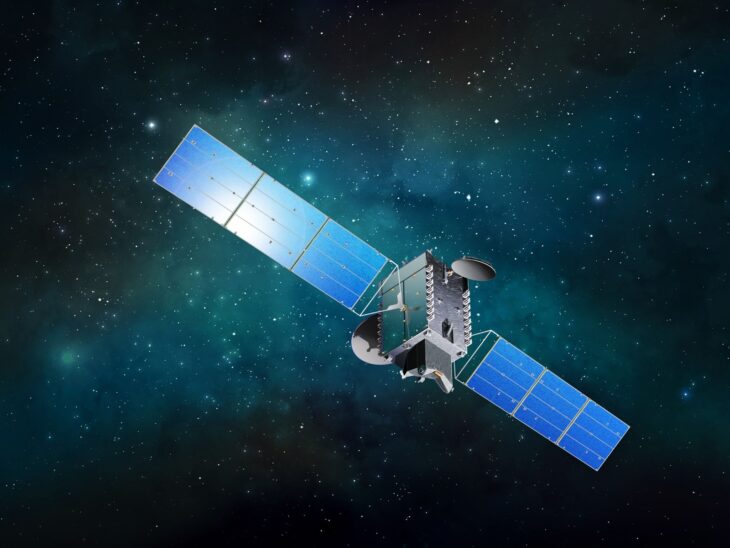
4 Common Types of Antennas Used in Satellite Subsystem – 2024 Guide
It is not a secret that technology is improving every single day and it makes our lives a lot easier. When we talk about antennas used in satellite subsystems, you need to know that there is no just one type. We can definitely show gratefulness to different inventors that ensured there is no universal antenna that would probably not be good for all purposes.
If you are not too familiar with satellite subsystems, then reading this article is going to be quite useful for you. In this article, we will analyze all the types of antennas used in satellite subsystems, the reasons why they are good, and why exactly someone should get them. Let’s start!
1. Parabolic Reflector Antenna
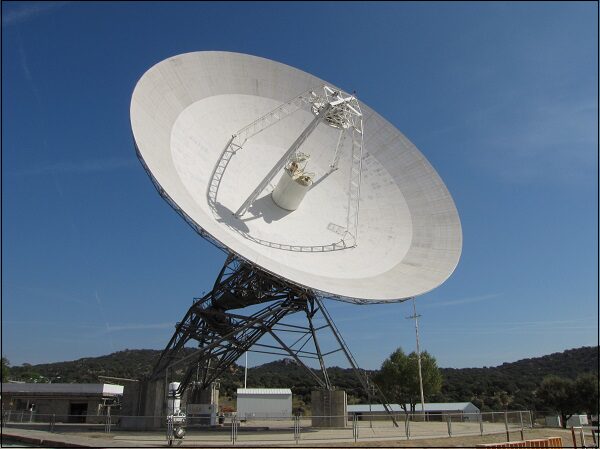
Well, parabolic reflector antennas are probably the most popular ones among people. You can see them on or in front of many houses across the entire world. They ensure a good TV signal which makes our free time more entertaining. That is probably the main reason why most people in the world have heard about them.
The main property of this extremely useful antenna is actually its focusing property that is usually connected with the light. It is the place where the so-called parallel rays strike the reflector coverage on a single point. For those that do not know, the single point is more popular under the name focus. It is important to explain all the terms so you could understand everything we are saying.
Anyway, the way how this antenna works is actually pretty simple to understand. The feed of the antenna is connected with the HPA. HPA stands for a high-power amplifier. That connection is accomplished thanks to the orthogonal mode transducer. In the majority of cases, this is a three-port device. Despite that, it is good to mention that there is also the phase center of the feed that is, under normal conditions, kept at the focus of the reflector.
The antenna that you use to catch a TV signal needs to be in the transmit mode in order to transfer energy from HPA to the feed phase center. The phase center is actually the place where you can find the horn antenna. After that happens, the horn antenna itself illuminates the reflectors by radiating the energy to it.
2. Horn Antenna
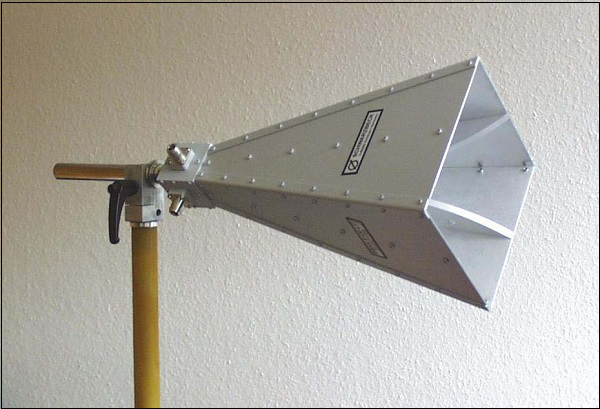
A Horn antenna is different compared to the previous type. It ensures a smooth transition that starts from the large aperture and it ends in a waveguide. Their purpose is to functions as radiators that will light up many large areas across the entire planet Earth. Something that we already mentioned is that people use them as the primary feed for the previous type of antennas for satellite subsystems on this list.
Anyway, there are some additional pieces of information you need to be aware of. There are two types of horn antennas that people widely use. Let’s say a couple of words about them as well.
- First Type: Pyramidal Horn Antennas
As the name suggests, this type of horn antenna has a pyramidal shape. The reason why different experts in this industry manufacture them is linear polarization.
The pyramidal antenna has a cross-section that works in the TE10 waveguide mode. It is important to mention that beamwidths are different in the H and E planes. However, if you choose the right aperture dimensions, you may manage to make these two completely identical.
People consider them multi-practical for a good reason. They have the ability to work vertically and horizontally polarized modes. That is the reason why they can ensure the so-called dual-linear polarization which is extremely important for the satellite subsystems.
- Second Type: Conical Horn Antenna
If you are looking for the horn antenna with the simplest structure, then the smooth-walled conical one deserves your attention. It can serve as a fed from a rectangular waveguide, but there are additional requirements in this case. The well-known rectangular to circular transition at the junction needs to exist!
Besides linear polarization, people can use this antenna for circular polarization as well. However, in case they want to achieve certain features, then the linear type is going to be much more practical.
The smooth-walled horn is, indeed, symmetrical, but it has an unusual disadvantage – it can’t produce the symmetrical main beam. If you are not familiar with this industry a lot, this will probably be useful information for you.
3. Double Reflector Antenna
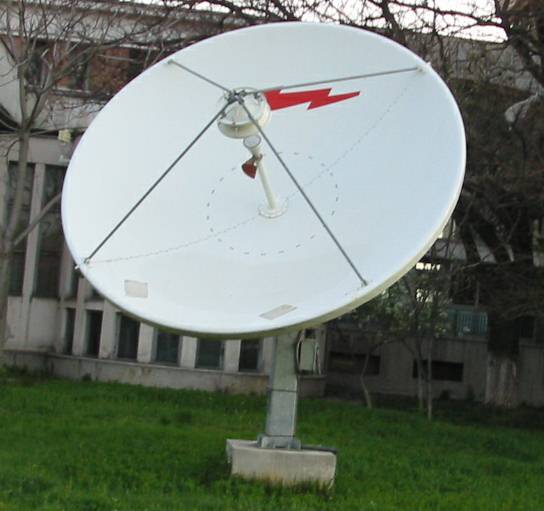
Here we need to share some useful pieces of advice that will be quite helpful for all the people that want to minimize the losses. Without any excuse, the receiving equipment needs to be connected to the feeder as short as possible. This especially counts if you plan to use these antennas in large earth stations. In those places, the transmit power is extremely large. As you know, low receiver noise is required, so if you want to achieve this, do not forget the piece of advice we just gave you.
Some people will probably wonder what’s wrong with a single reflector system. Well, there are many advantages you can get as well, but you should know they are not quite capable of lending themselves. You will manage to achieve more satisfactory arrangements with the double reflector antenna without any doubt.
4. Shaped Reflector Antenna
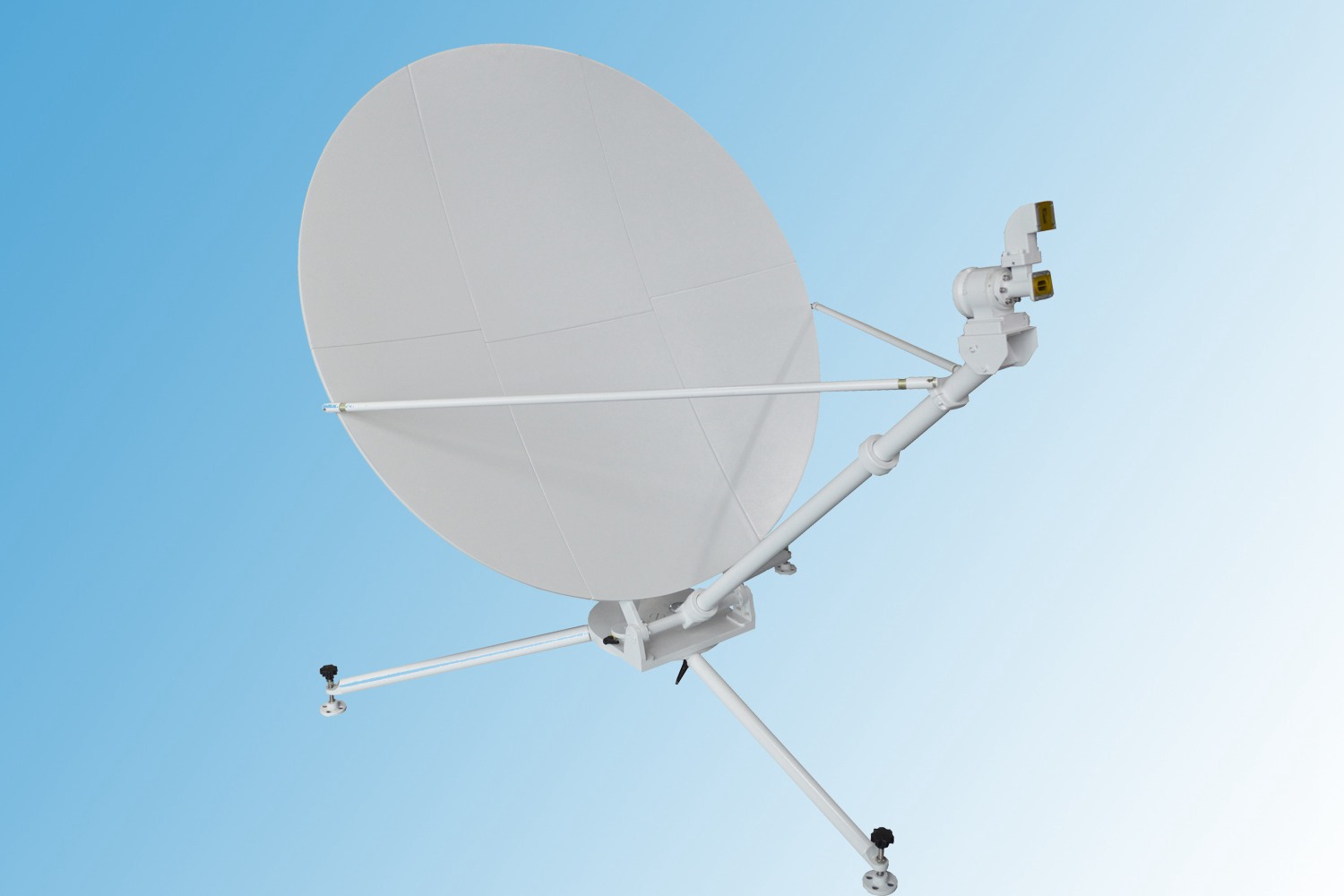
Have you ever heard about the reflector shaping process? If you get in touch with them, that would mean that you need to use some computer-aided design methods. They require you to have the shaped reflectors on the surface. Their depths are extremely low, and that is the main reason why they are not too noticeable.
It is good to mention that all the reflectors that have uneven surfaces come with certain disadvantages. They may reinforce the radiation in a certain direction, but they will reduce it as well at the same time. Because of that, they may not be good for all the purposes.
Final Thought
Whichever antenna seems useful for your needs, the most important thing is to find a good manufacturer. Because of that, we recommend you check out Custom Microwave after reading this article, and check out which options are available to you.